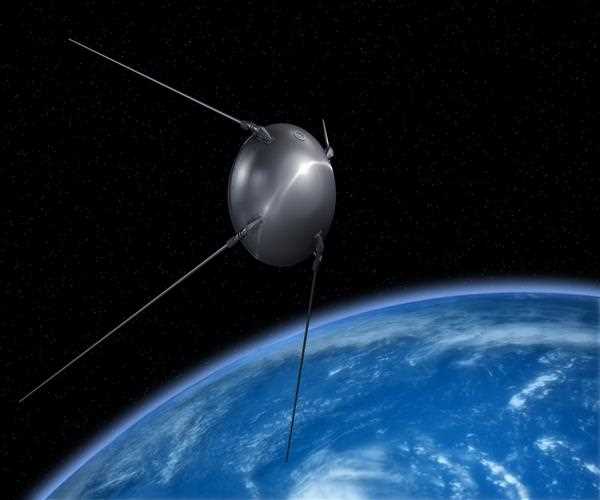The first artificial satellite launched into space was called Sputnik 1. It was launched by the Soviet Union on October 4, 1957, and marked the beginning of the Space Age.
Sputnik 1 was a small, spherical satellite measuring only 58 cm (23 inches) in diameter and weighing 83.6 kg (183.9 pounds). It was powered by silver-zinc batteries and equipped with four external radio antennas that transmitted radio signals back to Earth.
The launch of Sputnik 1 was a significant achievement for the Soviet Union, as it was the first time in history that a human-made object had been successfully launched into space. It also sparked the Space Race between the Soviet Union and the United States, as both nations competed to achieve the next major milestone in space exploration.

The launch of Sputnik 1 was also significant from a technological standpoint. It demonstrated the ability to put a satellite into orbit around the Earth, paving the way for future space exploration and the development of technologies such as GPS, weather forecasting, and satellite television.
The launch of Sputnik 1 also had political implications. At the time, the Cold War between the United States and the Soviet Union was in full swing, and the launch of the satellite was seen as a significant propaganda victory for the Soviet Union. It led to concerns in the United States that the Soviet Union was ahead in the field of technology and prompted a massive increase in funding for science and technology research.
In response to the launch of Sputnik 1, the United States launched its own satellite, Explorer 1, on January 31, 1958. This marked the beginning of the US space program and set the stage for the Apollo missions that would eventually land humans on the Moon.
In conclusion, Sputnik 1 was the first artificial satellite launched into space. Its launch was a significant achievement for the Soviet Union, marking the beginning of the Space Age and sparking the Space Race between the United States and the Soviet Union. It also had important technological, political, and cultural implications, demonstrating the ability to put a satellite into orbit around the Earth and leading to increased investment in science and technology research.